Description
IPv6 has been around for twenty years, but the fundamentals had not evolved much. As cloud and overlay have become more important, system designers have not had to give much thought to the addresses themselves.
However, as large-scale, low-power IoT becomes more prevalent, IPv6 becomes more important due to its simplicity, auto-configuration capabilities and scalability. In addition, new routing extension headers such as SRv6 have recently been defined to enable Network Programming and expand the range of IPv6 applications.
This tutorial will introduce the evolution of IPv6, especially in the IoT context, and actual IoT deployments. Then, we will cover the SRv6 overview, and examine SRv6 as a form of IPv6 evolution. Finally, Softbank, the SRv6 lead operator, will talk about SoftBank’s initiatives on SRv6.
Chairs
Miya Kohno, Distinguished Systems Engineer, Cisco Systems
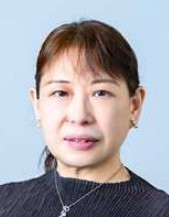
Miya Kohno has started her carrier as a software developer. In Cisco Systems, she has been leading network systems architectural design and providing technical consultation for service provider customers. She expertizes in Distributed Computing, Network Systems Architecture and Mobility. She received the MPLS Japan Award in November 2021, and was featured in the April 2022 Nihon Keizai Shimbun’s “The Age of Technologists”.
Pascal Thubert, Principal Engineer, Cisco Systems
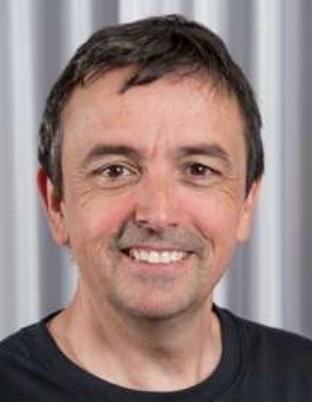
Pascal Thubert has been actively involved in research, development and standards efforts on Internet mobility and wireless technologies since joining Cisco in Y2K. He currently works at Cisco’s Chief Technology and Architecture office, where he focuses on products and standards in the general context of IPv6, wireless, and the Internet of Things. He co-chairs 6TiSCH, the IETF Working Group focusing on IPv6 over the 802.15.4 TSCH deterministic MAC, and LPWAN, that applies IETF protocols over low power wide area networking technologies. Earlier, he specialized in IPv6 as applied to mobility and wireless devices and developed routers and switches microcode in Cisco’s core IPv6 product development group. In parallel with his R&D missions, he has authored multiple IETF RFCs and draft standards dealing with IPv6, mobility and the Internet of Things, including NEMO, 6LoWPAN and RPL.
Shoichi Sakane, Technical Leader, Cisco Systems
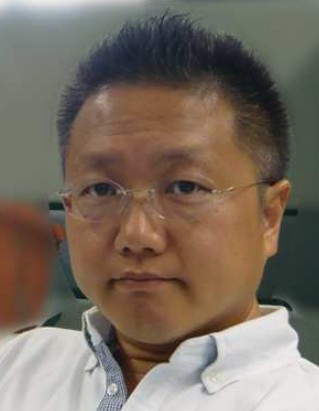
Shoichi Sakane is a research engineer working at Cisco Innovation Lab Tokyo, to innovate disruptive solutions with the strategic partners and customers in Japan. He is an expert of TCP/IP technologies and several low-power wireless communication technologies. He is also contributing to standardize at the standards developing organizations such as IEEE, ISO/IEC, IETF, LoRa Alliance, and Wi-SUN Alliance, and to deploy the key technologies into Japan with leading the local communities.
Teppei Kamata, Systems Architect, Cisco Systems
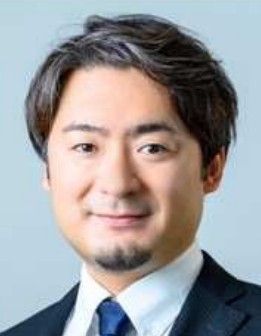
Teppei Kamata has started his carrier as an SE at Cisco Systems in 2009. At Cisco, as a Systems Architect for Telecom Carriers, he supports a wide range of cutting-edge technologies including SRv6, mobile networking, virtual infrastructure and WDM.
Katsuhiro Horiba, Director of Network Research Office in Advanced Technology Division, Softbank
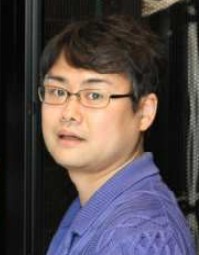
Katsuhiro Horiba received his Ph.D. degree from KEIO University in 2019. He is now a director of network research office in research institute of advanced technology at SoftBank Corp. His current research interests are telecom carrier network convergence using SRv6, network virtualization including radio access network, and network automation with model driven and declarative approach.


